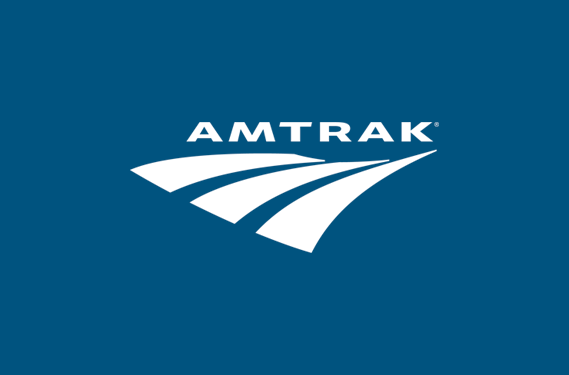Effective March 31 – May 1, 2025
Track work being performed by CSX will affect
Trains 448 and
449 between Albany and Boston on Monday through Thursday, March 31 - May 1, 2025 as outlined below. The schedules listed on Amtrak.com have been updated to reflect this change.
Train 448: March 29 - 30; April 5 - 9, 12 - 16, 19 - 23, 26 - 30
- Train 448, which normally operates between Chicago and Boston, will terminate at Albany. Alternate transportation will be provided to the missed stops of Pittsfield, Springfield, Worcester and Boston South Station. No alternate transportation will be provided to the missed stops of Framingham and Back Bay.
- Train 448 will run normally on Fridays and Saturdays.
Train 449: March 31; April 7 - 10, 14 - 17, 21 - 24, 28; May 1
- Train 449, which normally operates between Boston and Chicago, will originate at Albany. Alternate transportation will be provided to the missed stops of Boston, Worcester, Springfield and Pittsfield. No alternate transportation will be provided for the missed stops of Back Bay and Framingham.
- Train 449 will run normally on Fridays, Saturdays and Sundays.


